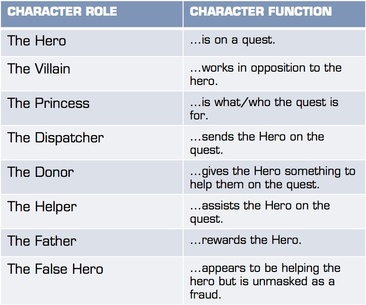COSTUMES
Edward: Pyjamas
Jeans, Top and Trainers
Rough Sleeper: Dirty/Scruffy Clothes
Therapist/Doctor:
Smart Uniform (Skirt and shirt)
PROP LIST
- Alarm clock
- Calendar
- Household items (toothbrush)
- Sleeping bag
- Cardboard sign
- Sandwich
- Mobile phone
We have chosen to use a minimal amount of props and costumes throughout our film due to this being a common code and convention seen within short films. Our main character Edward is seen to be wearing stereotypical clothing worn by teenagers such as jeans, a top and trainers. This is an everyday outfit worn by Edward throughout the film as it is simple and conforms to the stereotype. Another character within our film is the rough sleeper which plays a significant role in Edward's 'decisions' throughout the film. This character is seen to be wearing clothes that clearly haven't been washed and are slightly torn, which suggest that have a negative backstory causing them to be homeless. Our final character is seen to be a Doctor/Therapist who is having a conversation with Edward about the problems in his brain. This character will be wearing smart clothing consisting of a black skirt and white shirt as this is the type of outfit that would be seen within the workplace.
The props we have chosen to use are also quite significant within our short film as they can be used for plot devices such as the calendar, which is going to be used in the beginning of our film shows the importance for a certain day. The alarm clock is going to be seen frequently at the beginning of our film as Edward wakes up the sound of it everday in a short montage of clips. The sandwich will be used for when Edward decides to do a random act of kindness by buying the rough sleeper a sandwich from the local supermarket. Also, throughout our film Edward is seen on the phone to the doctor about his appointment, which foreshadows the events that are to happen later on in the film. Other props including the alarm clock and household items, such as a toothbrush within our film are used to create a sense of normality and realism throughout.


